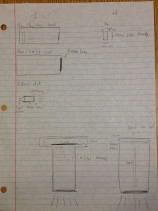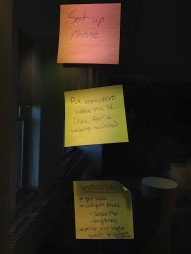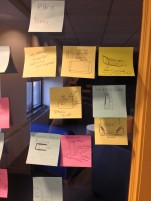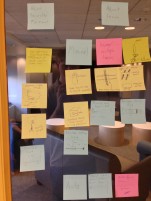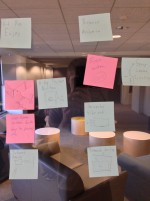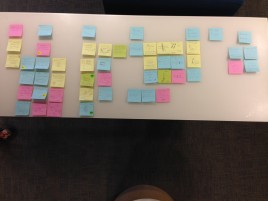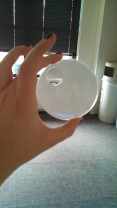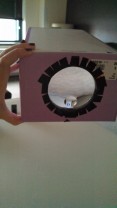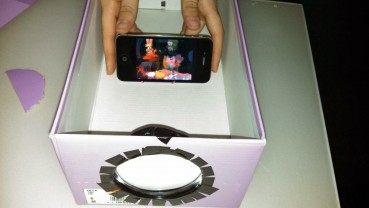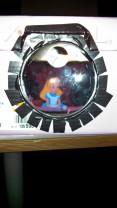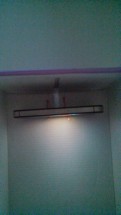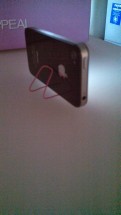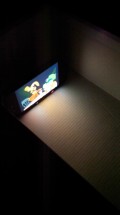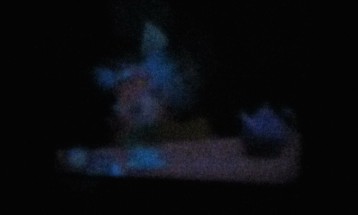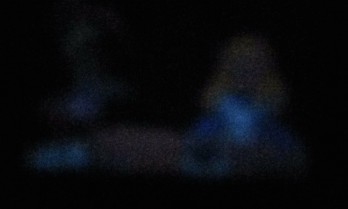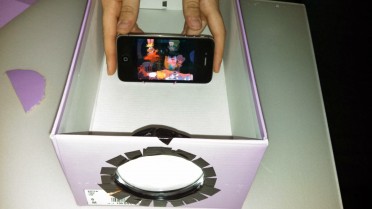Box Projector
During Tufts MAKE's first general interest meeting we had students think of project ideas they'd like to work on. One student was interested in creating an inexpensive portable projector, so we built this shoebox prototype using instructions we found online.
Components
The prototype is made of just a few parts: a smartphone to project an image, a fresnel lens to enlarge and focus the image, and a shoebox to block extraneous light from entering the fresnel lens. We cut a hole in the shoebox for the lens to sit in, and used black electrical tape to seal any gaps and keep the lens in place. To prop the phone up we bent a paperclip into a holder that positioned the phone at a near-perpendicular angle to the lens.
Problems
The makeshift projector worked better than we expected, but there were a few problems we encountered that would have to be solved in a larger-scale prototype.
First, focusing the image on the wall at an appreciably larger size required a lot of fiddling. Opening and closing the box to move the phone was a bit of a pain, and figuring out whether to move closer or farther away from the wall was tricky.
Second, the backlit display of our smartphone (an iPhone 4) wasn't bright enough to display an image on the wall at a large enough size.
Third, our fresnel lens had a second lens within it, which likely interfered somewhat with the quality of the image. Shapes and characters were generally distinguishable, but the image wasn't clear enough to be enjoyable to watch.
Fourth, we recognized that either a larger built-in speaker or a connected a bluetooth speaker would be required in order for the sound to be listenable. The phone's built-in speaker became very muffled within the closed box.
Conclusion
This project was a useful exercise that introduced us to some of the main components of commercial projectors, and exposed the difficulty involved in creating high-quality images on a large scale. Getting a powerful enough backlight system along with a high-res LCD for the light to pass through would likely be more expensive than buying an off-the-shelf projection system.

